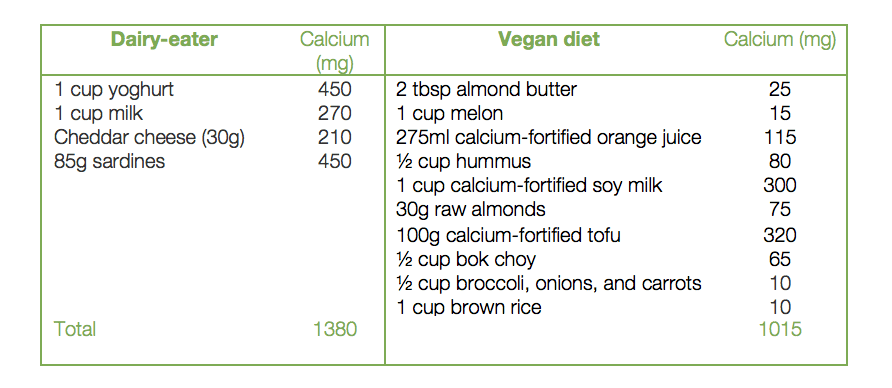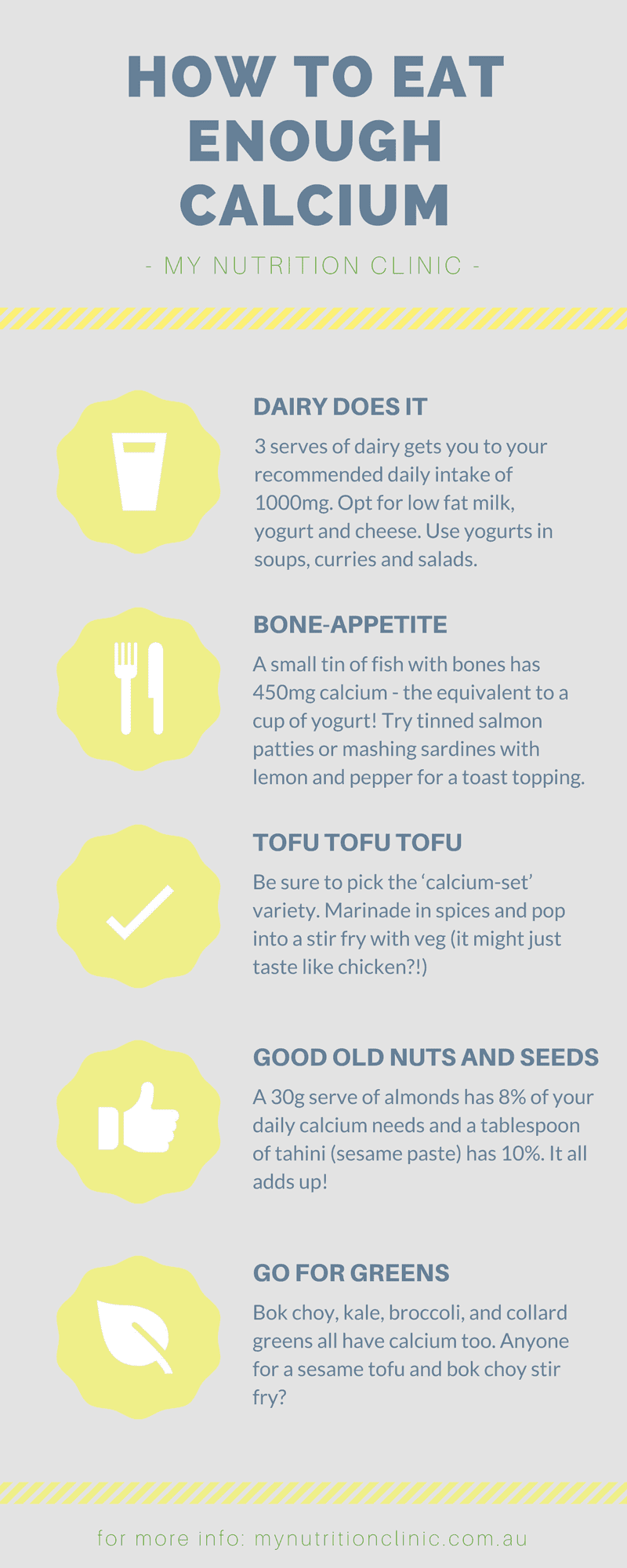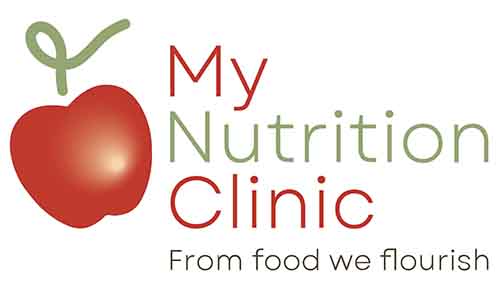It’s easy to think about other body systems –we see our skin, feel our weight, see with eyes, think with our brain, notice our guts regularly, and keep happy with a heartbeat, but what about our bones? It turns out a bone is fractured
every 3.6 minutes in Australia… uh, excuse me? Yep, osteoporosis and musculoskeletal conditions are a
National Health Priority Area in Aus and they’re only getting worse. By 2022 there’ll be a bone fracture every 2.9 minutes! It’s not doing any good for us, our families or our healthcare system. So why is it happening and what can we do about it?
Sure, there are plenty of things we can’t control. Having a family history of osteoporosis increases your chances of getting rickety bones, -so does ageing and your medical history. But you CAN do something about your diet and lifestyle! You’ve got better
chances of keeping strong bones by not smoking or drinking too much, keeping active, and getting some sunshine (i.e. vitamin D). You’ll also be better off if you’re getting enough calcium in your diet.
Calcium is the most abundant mineral in the body.
It’s not only in our bones and teeth but our body fluids as well. It helps out with sending messages between nerves, blood clotting, and maintaining muscle tone. So it’s pretty vital. But the issue is that we lose calcium every day through skin, sweat, nails, hair, urine and faeces. Unless we put enough in the mouth to replenish what we lose, our bodies start chipping away at our bones. Just think; every day you don’t eat enough calcium, your bones get slightly weaker. If you’re doing this regularly, your bones become weaker more quickly.
We know there’s calcium in dairy foods which are also great because they have plenty of high quality protein (and they taste good!). But there are plenty of people avoiding dairy for one reason or another these days, so we wanted to offer some alternatives. Tinned fish (with bones), some leafy greens, tofu, tahini (sesame paste), and almonds are sources of calcium –but not as good as dairy foods.
 How much calcium is enough?
How much calcium is enough? I could tell you the numbers, but you can’t eat numbers, so I’ll show you ‘in food’ below! As you can see in the table, the example vegan diet shows the plant foods with the highest sources of calcium. If you’re not having calcium-fortified drinks and tofu it may be a struggle to get enough in.

Is the answer in a pill? Quite frankly, no.
Calcium supplements have shown to increase the risk of heart attack and kidney stones when taken in doses over 500mg/day. It’s best to get your calcium from foods in the diet, and
doctors agree.

Put these in your shopping trolley:
- Dairy isle: go for low fat milk, yoghurt and cheese (limit high-fat soft cheese)
- Aim for 3 serves a day (250ml milk, 200g yoghurt, 40g cheese)
- Use yoghurts in soups, curries and salads
- Add skim milk powder to soups, casseroles, smoothies
- Tinned fish with bones: salmon, sardines
- Idea: fish patties, salmon salad, mashed sardines with lemon juice and pepper on crackers
- Tofu tofu tofu: I say it 3 times because there are so many varieties these days!
- Check the ingredients and be sure to pick the ‘calcium-set’ variety
- Marinade in spices and pop into a stir fry with veg (it might just taste like chicken!)
- Almond and sesame: try almond butter or tahini on toast, or in a smoothie with calcium-rich milk
- Greens: bok choy, kale, broccoli, collard greens, celery, cucumber
- Dried figs hit the spot when you’re after something sweet
Find out more about bone health visit the Osteoporosis Australia website and of course, come and see the Gold Coast dietitians at
My Nutrition Clinic to help you to make sure you’re getting enough nutrients in your diet.

 How much calcium is enough? I could tell you the numbers, but you can’t eat numbers, so I’ll show you ‘in food’ below! As you can see in the table, the example vegan diet shows the plant foods with the highest sources of calcium. If you’re not having calcium-fortified drinks and tofu it may be a struggle to get enough in.
How much calcium is enough? I could tell you the numbers, but you can’t eat numbers, so I’ll show you ‘in food’ below! As you can see in the table, the example vegan diet shows the plant foods with the highest sources of calcium. If you’re not having calcium-fortified drinks and tofu it may be a struggle to get enough in.
 Is the answer in a pill? Quite frankly, no. Calcium supplements have shown to increase the risk of heart attack and kidney stones when taken in doses over 500mg/day. It’s best to get your calcium from foods in the diet, and doctors agree.
Is the answer in a pill? Quite frankly, no. Calcium supplements have shown to increase the risk of heart attack and kidney stones when taken in doses over 500mg/day. It’s best to get your calcium from foods in the diet, and doctors agree.
 Put these in your shopping trolley:
Put these in your shopping trolley:


